

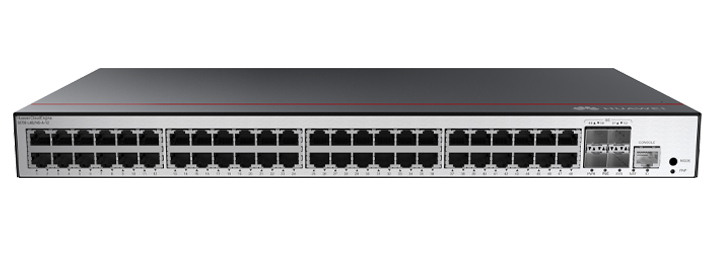
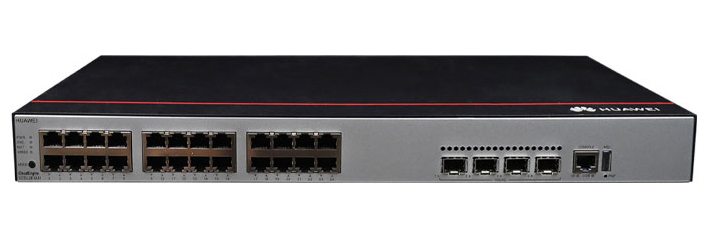


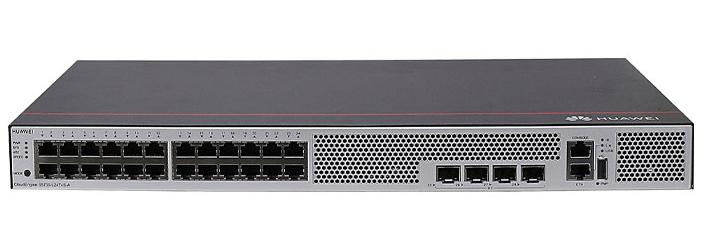
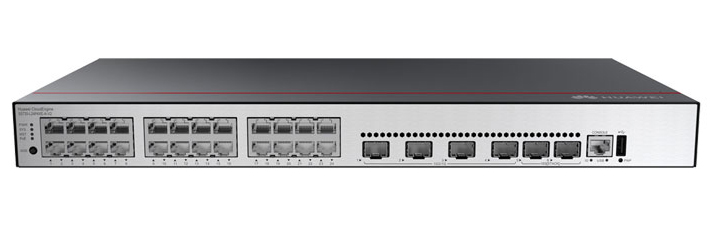
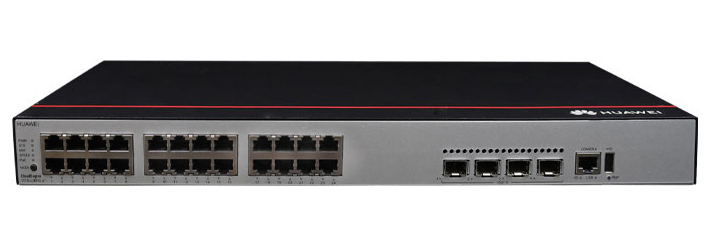




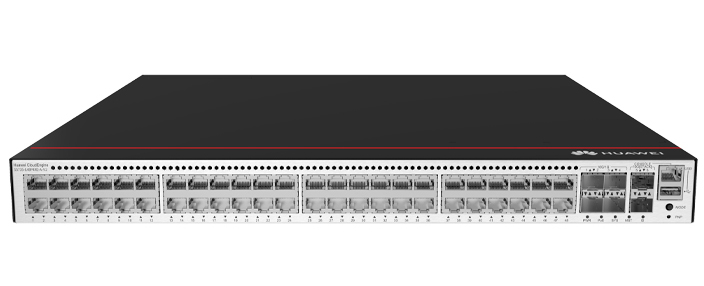



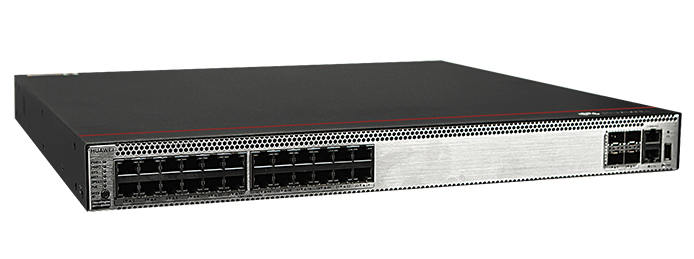














 Elmar Weiss/500px/Getty Images
Elmar Weiss/500px/Getty Images I've been using the Linux operating system for a very long time. I've watched so many apps come and go, all the while making promises to help ease the confusion of controlling apps and viewing system resources. Whenever a new app pops up with claims that it's all you need for those tasks, I generally brush it aside.
But every now and then, an app appears and instantly grabs my attention -- and that was the case with Mission Center. The aim of this app is to simplify the process of monitoring your CPU, memory, disk, network, and GPU usage. The app also gives you the opportunity, via a well-designed GUI, to view every app and process running on the system, and even stop any wayward application that might be causing problems.
Also: Bodhi Linux 7.0 is its best, most user-friendly release yet
Of course, many Linux desktops have this kind of app-monitoring application built in, so why would you need another? To be honest, some of those tools aren't quite as user-friendly, or they offer way too many admin features that could lead to trouble.
With Mission Center, you get plenty of information, without the added confusion. In this app, you'll find:
Mission Center is fairly minimal in features, but what it does offer is simple to use and is presented with a clean, well-defined UI.
Also: 8 things you can do with Linux that you can't do with MacOS or Windows
The one caveat to Mission Center is that it's only available for installation via Flatpak. That's fine because the Flatpak package manager can be installed on most popular Linux distributions.
Let me show you how to install and use Mission Center.
What you'll need: To install Mission Center, you'll need a Linux distribution that supports Flatpak and a user with sudo privileges. I'll demonstrate with my default desktop distribution, Ubuntu Budgie. If you're using a distribution that isn't based on either Debian or Ubuntu, you'll need to alter the Flatpak install process to fit your operating system.
The first thing to do is log in to your Linux desktop and open a terminal window.
Next, install Flatpak with the command:
sudo apt-get install flatpak -y
From Flathub, download the Mission Center Flatpack ref file and save it to your Downloads folder.
Back at your terminal window, install Mission Center with the command:
sudo flatpak install ~/Downloads/io.missioncenter.MissionCenter.flatpakref
After the installation completes, log out of your desktop and log back in (so the Mission Center application launcher will appear in your desktop menu).
When Mission Center opens, you'll find it defaults to the Performance tab, where you'll get real-time updates on the performance of your CPU, memory, disks, and both wired and wireless networks.
Also: The best Linux distros for beginners
Each listing will also give you plenty of information about the particular system resource, and even information about the hardware.
The real-time performance updates make it easy to see how well your computer is performing.
Screenshot by Jack Wallen/You can also click on the App tab, where you'll see a listing of every running app and process. The only bit of confusion you'll run into is that some apps are listed as processes. For example, my Opera browser is listed under processes, whereas Thunderbird is listed under Apps. So, if you don't find the app in question listed under apps, scroll down into Processes and you'll find it.
Here, you'll see a complete listing of every app and process running on your system.
Screenshot by Jack Wallen/When you find the app in question, if you need to force stop it, right-click the entry and select Stop Application. If that doesn't work, right-click it again and select Force Stop Application. One way or another, you should be able to stop any rogue application that is causing your desktop problems.
Stopping a rogue app is simple with Mission Center.
Screenshot by Jack Wallen/And that's the gist of using Mission Center. This is a great tool to have on your desktop for monitoring system resources and keeping control of your apps.
 Tags quentes :
Tecnologia
Nosso processo
Serviços & Software
Sistemas Operacionais
LINUX
Tags quentes :
Tecnologia
Nosso processo
Serviços & Software
Sistemas Operacionais
LINUX